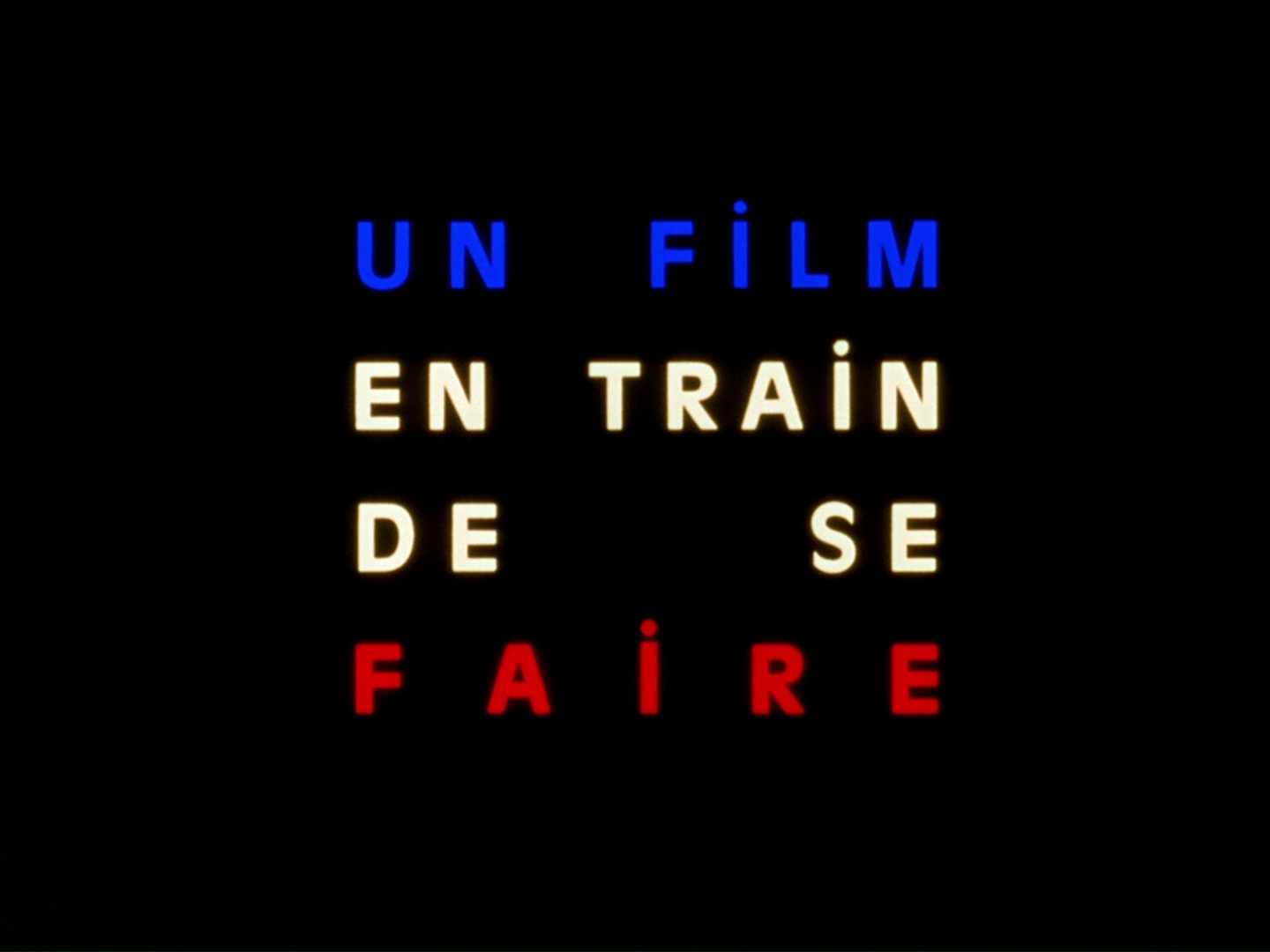
Nicole Brenez is an essential figure in film criticism and contemporary cinema studies. Her analytical and passionate approach to cinema, emerging from her extraordinary creative freedom, has earned her the respect and admiration of critics all over the world. Her widely followed work has never ceased to highlight the exciting challenges of engaged cinema, the kind that commits to artistic investigation as well as to the urgent social and political issues that concern us all.